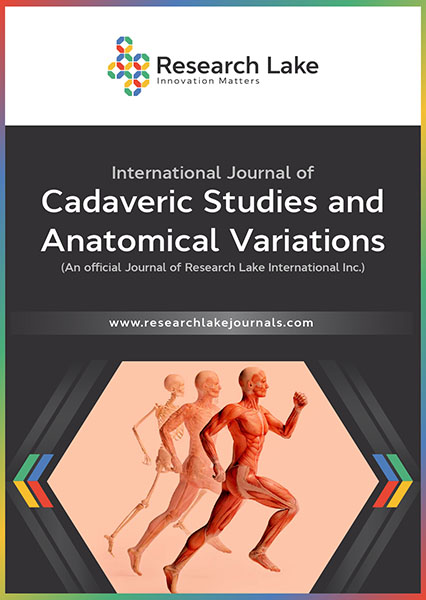Anomaly of the biliopancreatic junction with associated hepatic duct anomaly – a rare case report
Abstract
Pancreaticobiliary maljunction (PBM) or anomaly is defined as an anatomical maljunction of the biliary duct and pancreatic duct outside of the duodenal wall beyond the influence of the sphincter of Oddi. Children with this anomaly can present with choledochal cyst with recurrent attacks of acute pancreatitis, and condition can be worse when not treated appropriately. Pancreaticobiliary maljunction or anomaly is considered to be a major risk factor for biliary tract cancer. In patients with this anomaly, free reflux of pancreatic juice into biliary tract may cause biliary tract damage, resulting biliary malignancy can occur. Therefore, in this condition total excision of the extrahepatic bile duct with hepaticojejunostomy is recommended. Early diagnosis of this condition and early surgical treatment is the mainstay to prevent further complications. Proper follow-up is necessary to detect biliary tract malignancy in early post-operative period, especially in patients demonstrating post-operative complications. Here we are describing a young boy with an abnormal pancreaticobiliary junction (PBM) with choledochal cyst associated with hepatic duct anomaly and biliary and pancreatic stones causing recurrent attack of acute pancreatitis.
Copyright (c) 2021 Lalit Kumar Bansal, Anubhav Kamal, Annu Singhal

This work is licensed under a Creative Commons Attribution-NonCommercial 4.0 International License.
Copyright © by the authors; licensee Research Lake International Inc., Canada. This article is an open access article distributed under the terms and conditions of the Creative Commons Attribution Non-Commercial License (CC BY-NC) (http://creativecommons.org/licenses/by-nc/4.0/).















